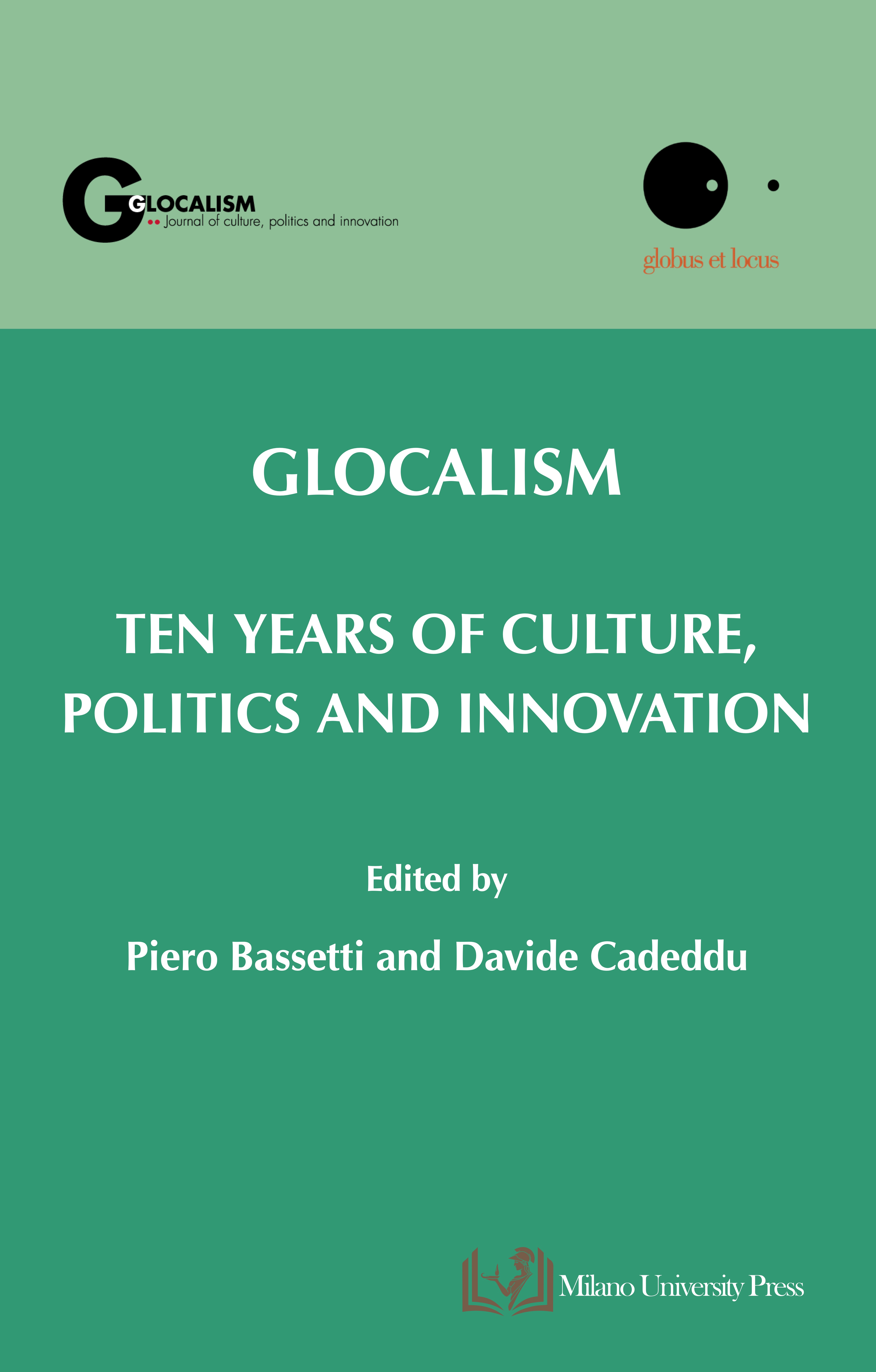The Economic Geography of Xenophobic Populism: Causes and Implications
DOI:
https://doi.org/10.12893/gjcpi.2019.2.1Keywords:
xenophobia, populism, economic geography, inequalities, left-behindAbstract
The current rise of xenophobic populism has a distinct geography. With some exceptions it tends to be concentrated in regions that are outside the main growth activities of the modern economy. Attention has focused on old manufacturing and mining areas in decline, and therefore with relatively poor, working-class populations. However, voting for rightwing populist parties is also strong in certain prosperous areas, which despite their relative wealth, are outside the most dynamic sectors. Both types of area can therefore be covered by the term often used to describe the new populist heartlands – “left behind” – but with rather different implications. In the following we shall examine in turn these issues: the geography of populism; its relationship to the geography of economic sectors; and the kinds of public policthat are relevant to tackling emerging geographical inequalities.
Downloads

Downloads
Published
Issue
Section
License

This work is licensed under a Creative Commons Attribution-ShareAlike 4.0 International License.










